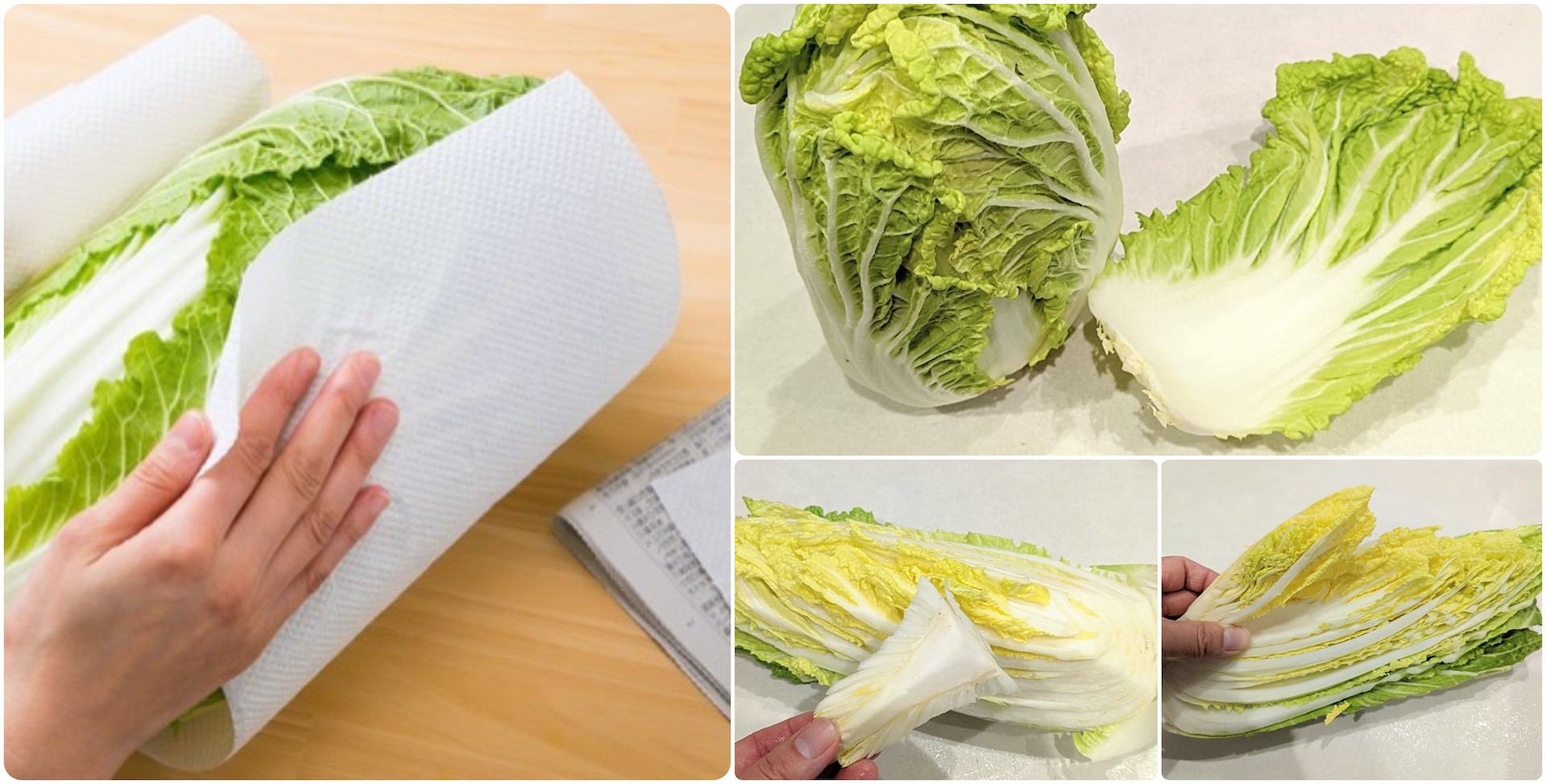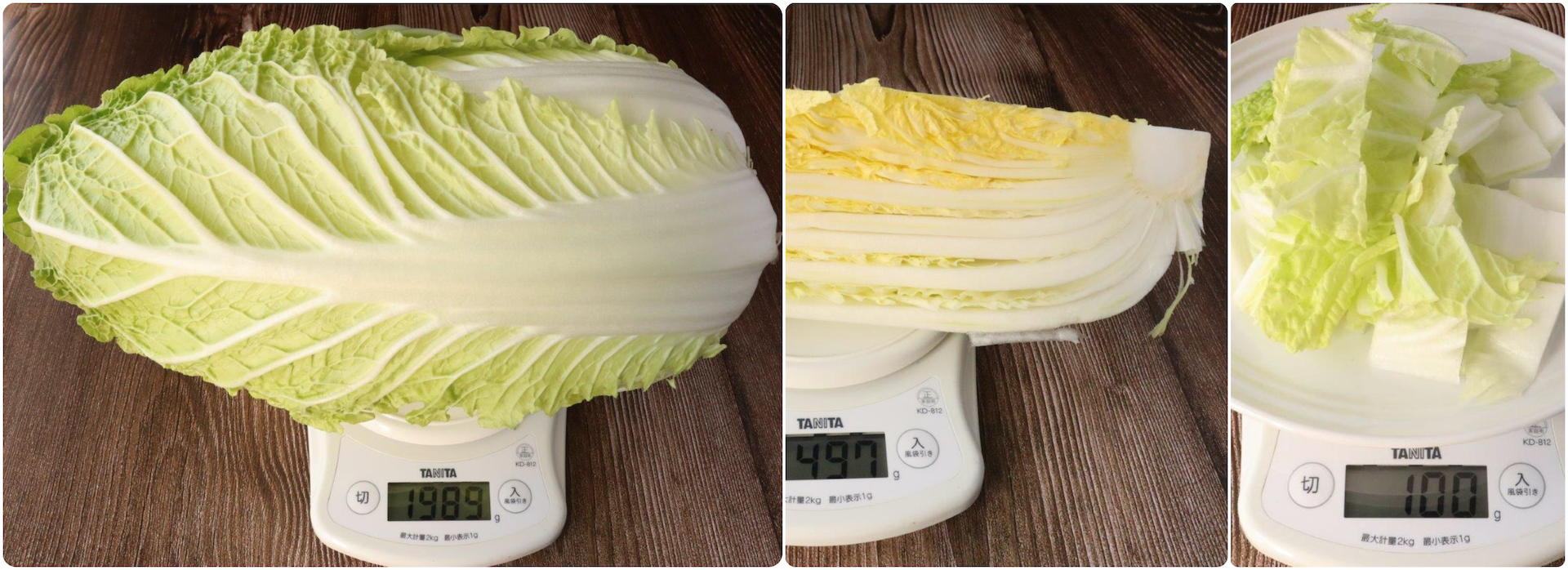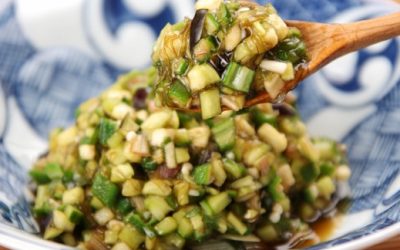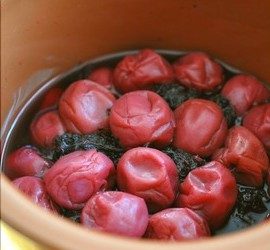
Kitchen Culture Cooking Club
EXPLORE and PRACTICE Japanese cooking in your own kitchenAbout Kitchen Culture Cooking Club
Welcome to the Kitchen Culture Cooking Club, a community space providing encouragement to those who want to EXPLORE and PRACTICE Japan’s washoku wisdom in their own kitchens.
To facilitate this, themed projects will be posted to this page periodically. Project Assignments and links to relevant reference material stored on this site will be posted to this page. Anyone, anywhere in the world, with a sincere interest in Japanese food culture is welcome to browse the contents of this page and then replicate the themed project in their own kitchen.
For those who wish to display-and-discuss their projects with like-minded people, I invite you to join the KITCHEN CULTURE Cooking Club Facebook Group (formerly the TSUDOI Project), an interactive community space.
PROJECT Hakusai

Using HAKUSAI fully
A favorite wintertime vegetable in Japan, hakusai cabbages are increasingly available in Asian groceries throughout the world. A whole head averages 2 kilo (about 4 and 1/2 pounds). I encourage you to buy one (or at least a half or quarter-head wedge) and use it fully. Over the course of a week or 10 days try your hand at making several different dishes from it.
Download a recipe for: HAKUSAI no SENMAI NABÉ (Many-Layered Pork and Napa Cabbage Hot Pot 白菜の千枚鍋) to get you started. The most suitable leaves for making this dish are from the center of the head. To get to these tender leaves, peel away some of the outer-most layers — they are likely to be bruised, but save them to use as a “lid” for pickles.
Next, download a recipe for: HAKUSAI no SOKUSEKI-ZUKÉ (Quick-Pickled Hakusai Cabbage 白菜の即席漬). Here is your chance to use any trim from constructing your layered pork and hakusai segments for your hot pot. Quick Pickles are also a great way to use the tougher core pieces of hakusai.
Other suggestions include stir-frys, soups and gyōza dumplings (use the recipe on pg 260 of WASHOKU to guide you).
Hakusai also works well with noodle dishes. Try it as a topping for nyūmen and for sara udon (Flat Plate Udon Noodles pg 63 KANSHA).
See page 200 of An American Taste of Japan (Morrow, 1985) for instruction on making Shabu Shabu (Bubbling Beef-in-a-Pot).
A recipe for another quick-fix pickle combining hakusai with cucumbers and fiery yuzu koshō (Crisp and Fiery Chinese Cabbage and Cucumbers) can be found on pg 195 KANSHA.

Download a Guide to Buying, Storing, and Using Hakusai Fully
Visit the Kitchen Culture page for more about hakusai. And read about hakusai in my January 2023 NEWSLETTER
Recipes and Resources
Stock (Dashi)
Dashi stock is essential to making soups and simmered or stewed dishes. Dashi is also used when making many egg dishes and all sorts of sauces, dips and dressings. Using good dashi will make a noticeable difference in the outcome of so many dishes you prepare.
Click to download recipes for (vegan) Kelp Alone Stock or Standard Sea Stock + Smoky Sea Stock
How to Cook Rice
In Japanese, the word for cooked rice, ご飯 GOHAN, is the same as the word for a meal, ご飯 GOHAN. Indeed rice is central to the meal. Download the Rice with Mixed Grains recipe.
How to Prepare Sushi Rice
Sushi dishes are made with rice that has been seasoned (with sweetened vinegar) AFTER being cooked. Download the Classic Sushi Rice recipe.
Quick Pickles
The Japanese enjoy a wide variety of tsukémono pickles, many can be assembled quickly and are ready to eat within a short time.
Download a recipe for Quick-Fix Hakusai Cabbage.
Shiso Maki
Shiso maki rolls, skewered and seared.Japan’s Tohoku region is justly famous for its walnuts – large, meaty orbs that produce an incredibly rich, aromatic paste when roasted and crushed – and its miso – a full-bodied red (burnished brown, really) fermented soybean...
Yamagata Dashi, a condiment
Chopped eggplant, cucumbers, okra and herbs such as shiso and myōga make salsa-like Dashi 山形だし Yamagata Dashi Somewhere between a salsa and chutney, Yamagata’s summertime signature dish Dashi is a refreshing mixture of chopped vegetables and herbs. It often tops cubes...
Hiya Yakko Chilled Tōfu with Condiments + Umami Essence
HIYA YAKKO 冷奴 When you see an item on a menu being described as HIYA, it means that dish will be served chilled. Pictured above is classic Hiya Yakko, blocks of cold tōfu garnished with grated fresh ginger, chopped scallions and curly flakes of smoky, dry-roasted...
Uméboshi
Uméboshi 梅干し and aka-jiso leaves After many weeks of bathing submerged in salty-sour, rosy-colored umézu this year’s plums are ready to be air-dried... the final stage of plum work (umé shigoto). What’s needed is a string of dry days, what’s known as umé no doyō-boshi...




